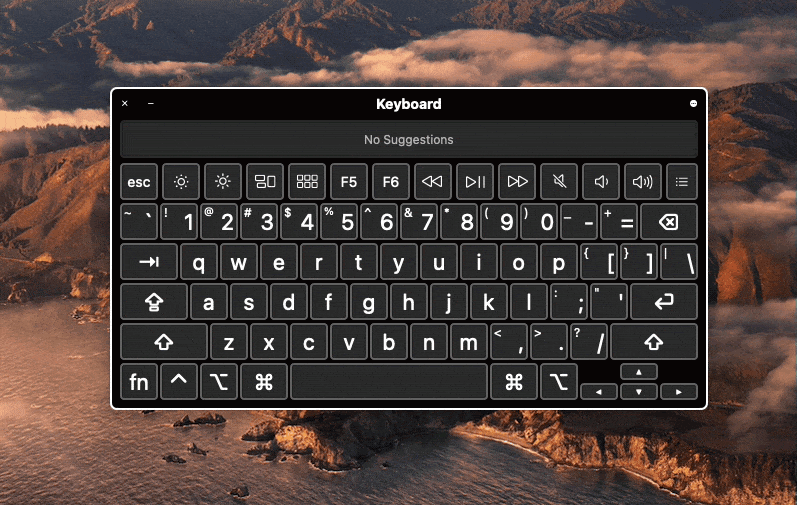

If you're using a keyboard made for a PC, such as a keyboard with a Windows logo, try a keyboard made for Mac. Or use your built-in keyboard or a wired keyboard.

Command-S: Start up in single-user mode.To use the default boot image on the server, press and hold Option-N instead. Disabled when using a firmware password. N: Start up from a NetBoot server, if your Mac supports network startup volumes.Or use Option-D to start up to this utility over the internet. Disabled when using a firmware password. D: Start up to the Apple Diagnostics utility.If your Mac is using a firmware password, it ignores this key combination or starts up from macOS Recovery. Option-Command-P-R: Reset NVRAM or PRAM.If your Mac is using a firmware password, you're prompted to enter the password. Option (⌥) or Alt: Start up to Startup Manager, which allows you to choose other available startup disks or volumes.macOS Recovery installs different versions of macOS, depending on the key combination you use. If your Mac is using a firmware password, you're prompted to enter the password. Or use Option-Command-R or Shift-Option-Command-R to start up from macOS Recovery over the internet. Command (⌘)-R: Start up from the built-in macOS Recovery system.Keep holding until the described behavior occurs. but if you absolutely need to do calculate 100! by hand, performing approximately half of the necessary steps would make a significant difference.To use any of these key combinations, press and hold the keys immediately after pressing the power button to turn on your Mac, or after your Mac begins to restart. It essentially reduces the number of calculations you need to perform by half. So the solution to 7! would be 7*12*15*4.Īs a generalized rule, it can be said that the initial delta between the products of the first and second pairings will be n-2, this delta will always decrease by a value of 2 for each successive pairing, and the final delta will always be either 2 or 3 (depending on whether we are dealing with the factorial of an even number or an odd number ).Īgain, this is only a partial shortcut. The initial product is 7, and the product of the next pairing is 7+(n-2) or 7+5, which of course equals 12. This works for factorials of odd numbers as well, except that there will be one number at the end that will not have a pairing.

Without having to calculate each product, we can quickly predict what they will be. the next paring will result in a product of 18+6=24, followed by 24+4=28, and finally by 28+2=30. This makes calculating the products of a long list of number pairs relatively easy.įor n!, where n=10, we know that 1*10=10, we also know that the next pairing will result in 10+8, or 18. In other words, when the pairing is done as illustrated above (pairing the highest value number with the lowest, second highest with the second lowest, etc), then the product of each pairing will increase by a value that decreases by an amount of 2 for each successive pairing. The delta between the products of successive pairs will always decrease by 2. For n!, where n=10, the delta between the first two products will be n-2, or 8. One thing that you will (or should) notice about the delta between the product of each pairing is that it always decreases by a value of 2, and always begins with a value of n-2. Being that multiplication is commutative, the order in which multiplication is done can be rearranged. However, there is a partial shortcut to calculating fairly length factorials. I see that this is an old question and the conversation thread is most likely completely dead.


 0 kommentar(er)
0 kommentar(er)
